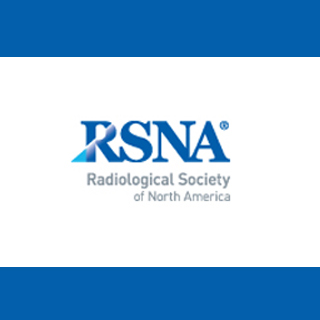
At the time of the study, clinical data gathered from women aged 40 to 50 years diagnosed with breast cancer was thoroughly scrutinized. 971 women apparently developed breast cancer between 2003 and 2009. During the diagnosis, 393 women representing 40 percent were under 50 and 156 of them completing treatment. Among the treated women, 114 forming 73 percent had no prior mammograms. 42 women were previously subjected to mammography in which 29 had gone through at least one mammogram within the previous two years. 16 women went through a mammogram one year prior.
Nicholas M. Perry, M.B.B.S., F.R.C.S., F.R.C.R., director of The London Breast Institute at The Princess Grace Hospital in London and lead author, stated, “Regular screening is already proven to lower the chance of women dying from breast cancer. The results of our study support the importance of regular screening in the under-50 age group and confirm that annual mammography improves the chances of breast conservation should breast cancer develop.”
The study findings suggest that yearly screening declines the need for mastectomy in women suffering from breast cancer. Mastectomy appeared essential for 3 of the 16 women presenting 19 percent. These patients were supposedly screened the previous year. Scientists observe that the need for mastectomy is crucial for 64 women forming 46 percent of the 140 women who had not been screened in the past year.
The study was presented at the annual meeting of the Radiological Society of North America (RSNA).
